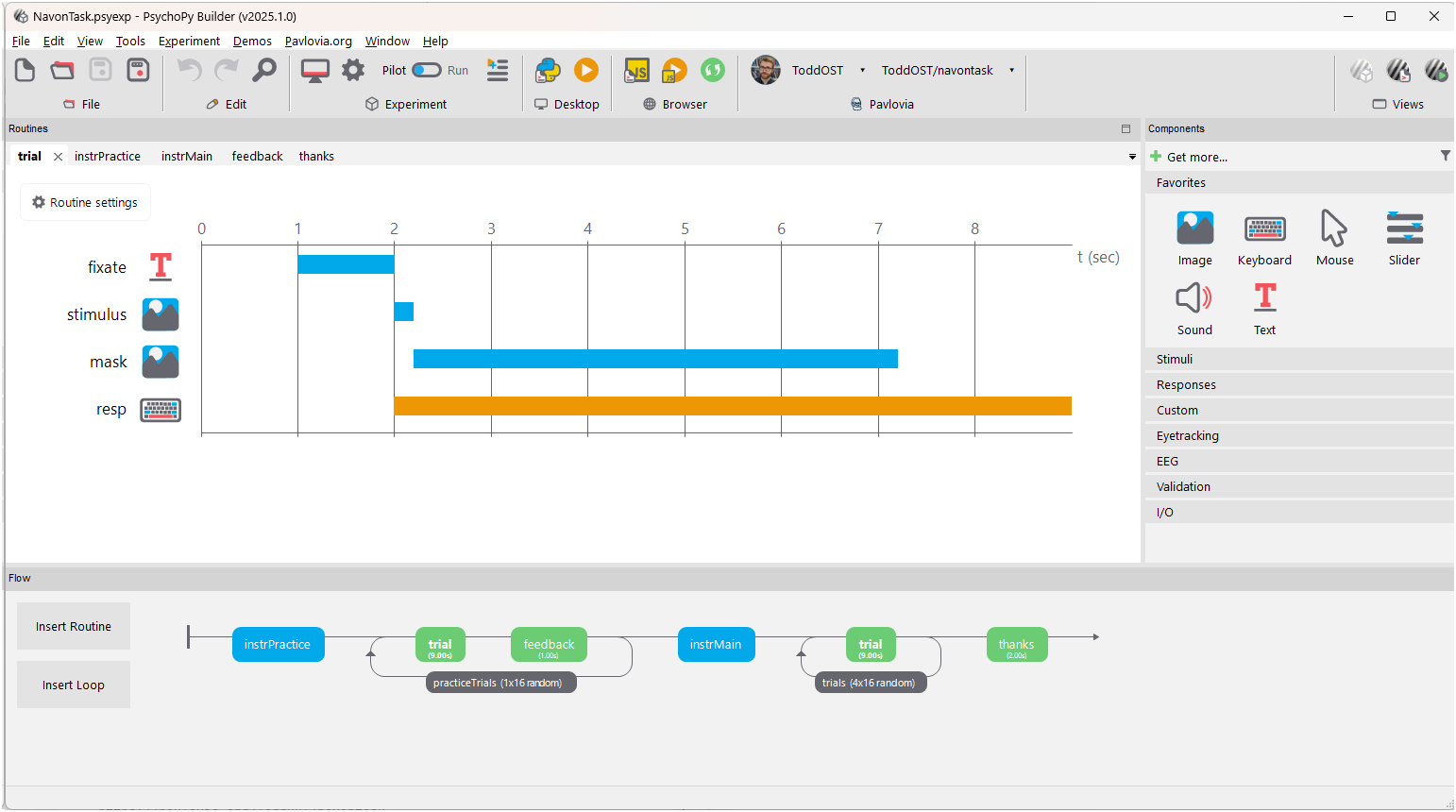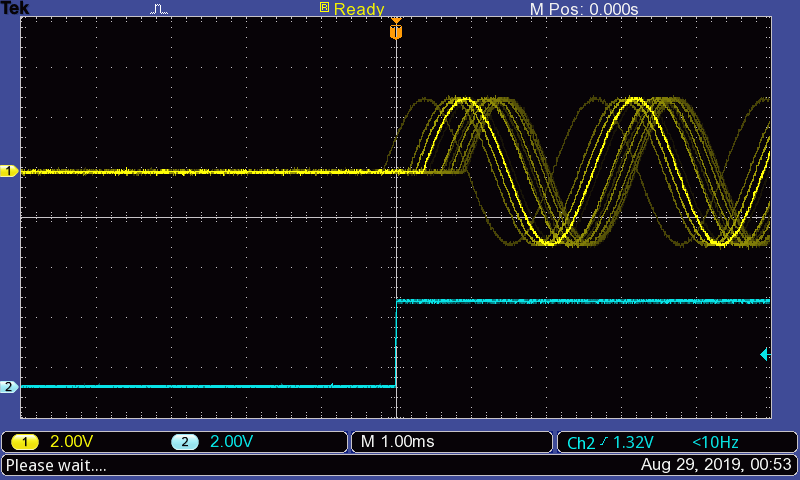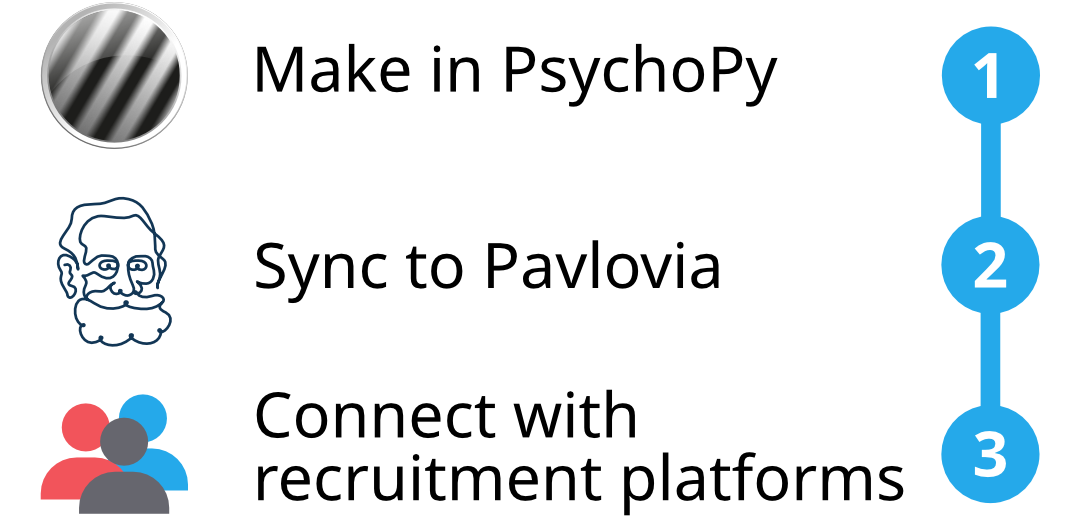New workshop! “The EEG Research Pipeline” Join us in Nottingham in December for our bootcamp!
Did you know PsychoPy is supported by our company, Open Science Tools? find out more here.
Get the official textbook, with new chapter on running online: Building Experiments in PsychoPy Ed2
Is your software timing as good as PsychoPy®? See detailed comparisons with other software in our timing mega-study
Please try to cite the most up-to-date paper: Peirce, Gray, Simpson et al (2019)
Lots of helpful tutorials on youtube! Click here to see
Home¶
What users say¶
“PsychoPy is one of those things that improve the life of an experimental psychologist. Really. #python #neuroscience”
“What made me switch was the combination of Builder and Coder options. Students are not scared of the Builder, but I can still write code when needed (and even hide it in student experiments).”
“It’s wonderful to have a product that makes stimulus presentation easy (and is free!)…”
“…easy to customise with a bit of scripting, a helpful user community, can be explained to a student in an hour or so…”
“I love psychopy! I used it for one previous fMRI experiment and found the language extremely easy to use…”
How is PsychoPy Free?¶
The PsychoPy desktop application is free to download and run for in-lab studies. PsychoPy® was written by scientists for scientists, the code underlying the software is open source on GitHub, so even if you want to change the software you can!
As PsychoPy grew in popularity, it became clear that developing it “as a side project” in researchers spare time was not going to be sustainable. We now have a company, Open Science Tools, to sustain professional development. We have three main sources of revenue:
Pavlovia.org licenses: A platform for hosting your study online if you want to collect data via a URL link.
Consultancy: Yes, you can pay us to make your task for you!
Workshops: We can run custom training workshops for your department/team.
So, if you enjoy PsychoPy and would like to support its maintenance, please consider supporting us through one of these revenue streams. We try to keep our rates low-cost and affordable, whilst generating enough revenue to have a team of staff professionally develop PsychoPy and support users.
Easy enough for teaching¶
Universities all over the world are using PsychoPy® for teaching students about experiments
Flexible and intuitive Builder interface to create huge range of studies
Textbook(s) suitable for both undergraduate and professional audiences
Many further resources for learning and teaching, including Youtube tutorials, online tutorials and workshops.
The Pavlovia repository of shared experiments accessible directly from the application (requires PsychoPy®) to search for and share your studies.
Precise enough for psychophysics¶
Hardware accelerated graphics, best-in class timing, and calibration tools built-in
Fantastic timing precision (see the timing mega-study for comparisons)!
Time and update your stimulus on every screen refresh!
Tools to help monitor calibration and wide range of units
Hardware-accelerated graphics for stimuli that can be updated on the fly
Access to button boxes when you need the utmost precision
Automated logging for you to what happened and when
OpenGL (and shaders) ready for use when you low-level access to graphics
Flexible enough for everything else¶
Mouse tracking
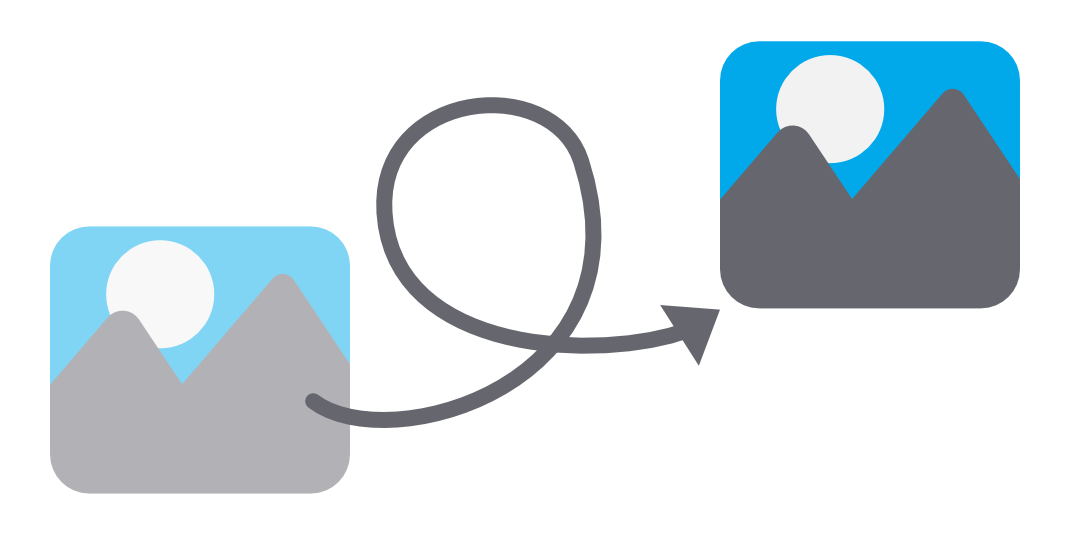
Update stimuli frame-by-frame to create bespoke animations
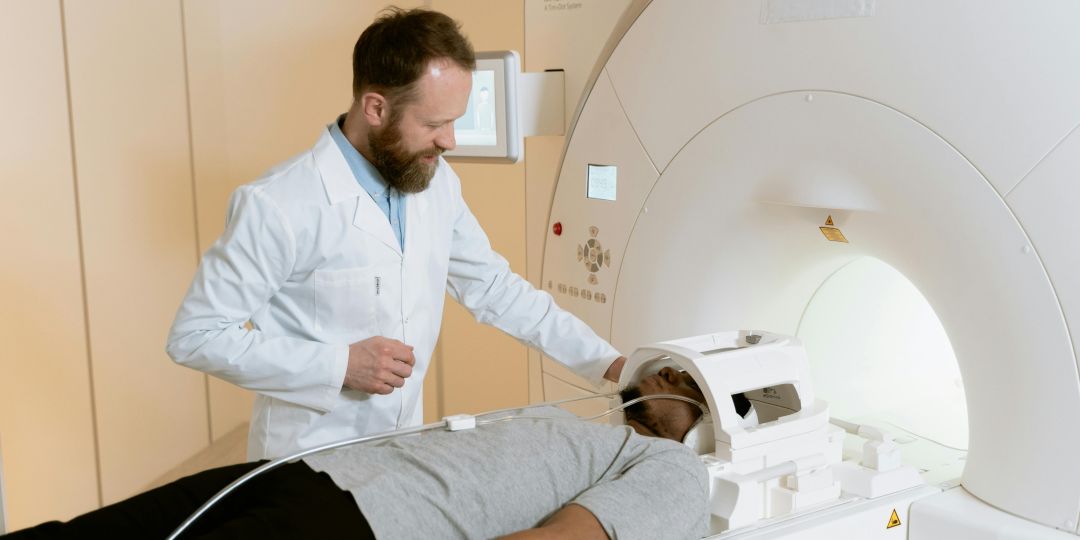
Non-slip timing for fMRI studies
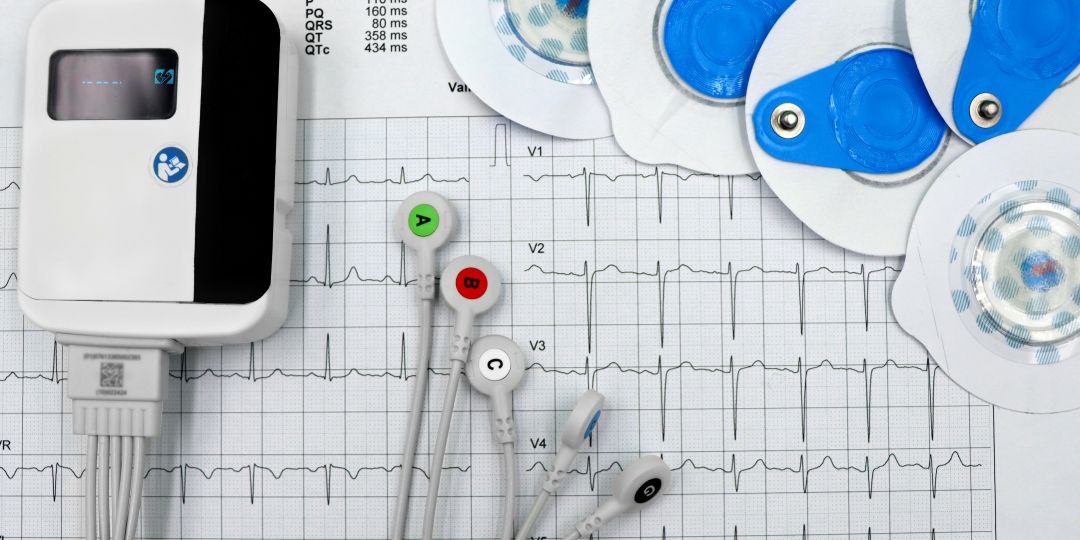
Send triggers to any serial/parallel device
PsychoPy® is great for:
Dynamic, interactive studies: Free yourself from simple static stimuli! You can update your stimulus interactively on every screen refresh!
Neuroimaging: Send and receive triggers to your hardware at precise times
Eye-tracking: Access to wide range of hardware (eye trackers, button boxes, trigger systems…)
Online¶
Want to run your study on the web, so participants can access it anywhere?
Did you know PsychoPy® has a JavaScript sister library? PsychoJS, this means you can create a version of your experiment to run in a browser, after that you can use Pavlovia.org to host it!
Pavlovia is:
A secure server to host your experiment online.
An Open Access library of experiment demos.
A place to create feature rich surveys using Pavlovia Surveys
Upload that to Pavlovia.org (with easy tools built into the PsychoPy app)
Give participants your URL and run your study in the browser!
You can recruit participants using Sona, Prolific, Mechanical Turk or similar systems.



